PHOTO ESSAY: 'The Green Hunger'

Photos and essay by Rory Sheldon
Despite sporadic rains in 2016, Ethiopia is currently experiencing severe food shortages and malnutrition across the country. In the Eastern Hararghe region, the drought has been particularly severe, and while the region looks green, the erratic rainfall and shortage of seeds from last year’s drought have led to widespread crop failure. Ethiopians in the region call it the “Green Hunger.”
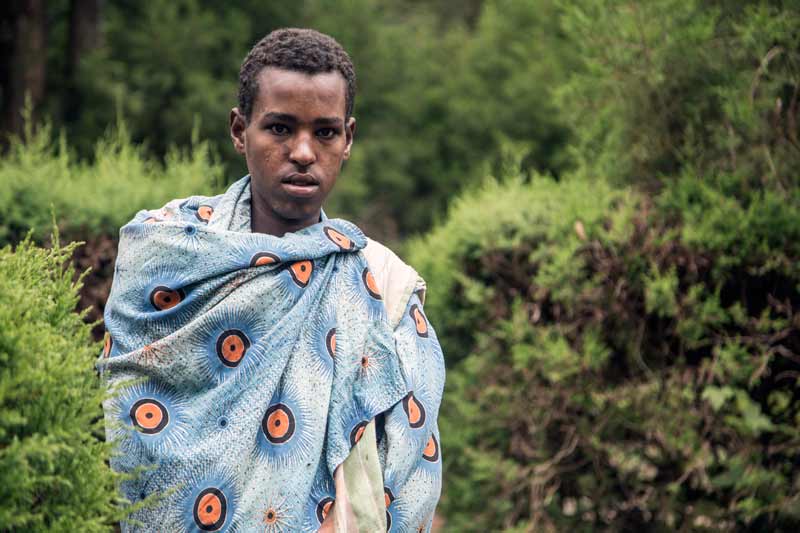
Young farmer in Gursum.
Not only have erratic rains severely disrupted the crop cycle, but last year’s drought ensured that plants never developed to seed stage. In some cases farmers have not planted any crops at all owing to the severe lack of seed in the region. This young farmer in Gursum says “this year we will be hungry.”
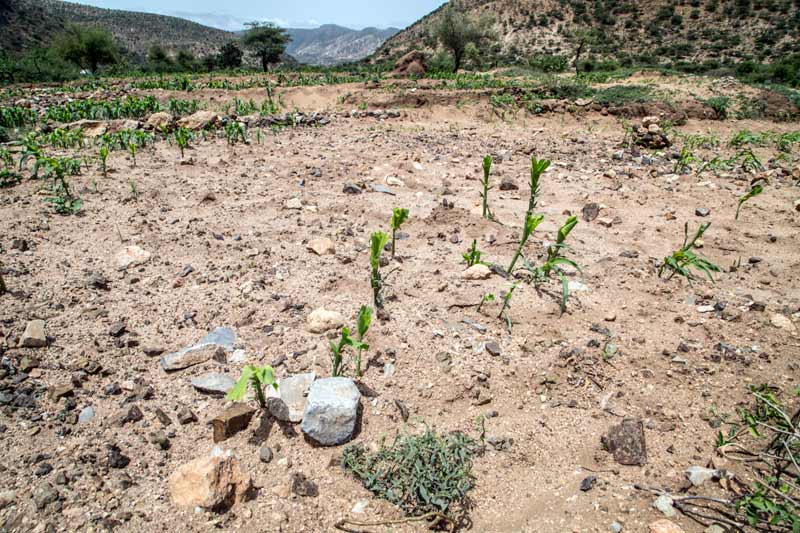
Crop Failure in Haraghe
Teferra Eshete, Early Warning Coordinator from the government’s Disaster Preparedness and Prevention Office (DPPO) for East Hararghe, says that “Our region has a population of 3.4 million people. Forty-four percent of these people require food aid and need emergency relief because of the drought and shortages it has created.”
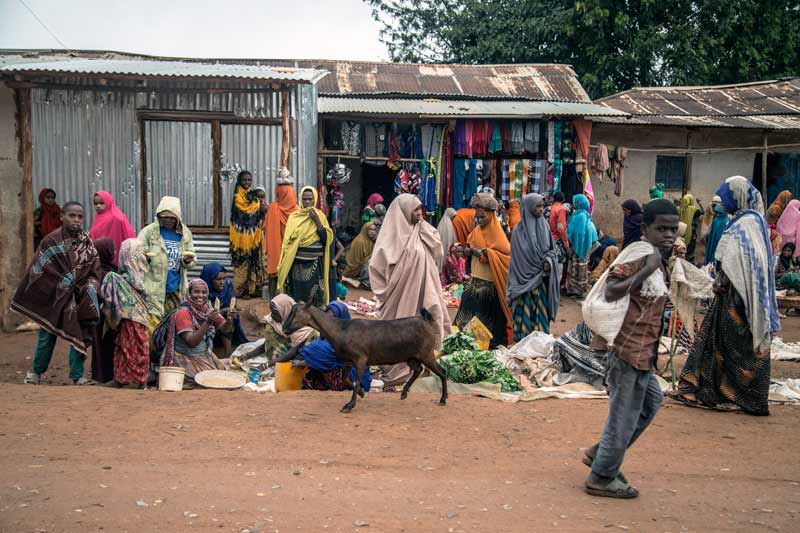
Marketplace in Gursum
Another major problem faced by people in Hararghe is the significant rise in prices of vegetables and grains at markets throughout the region. “There has been at least a 50 percent rise in prices”, says one woman in Gursum, “and we cannot afford to buy fresh produce.” This exacerbates a problem already created by a lack of food production, forcing even more people to seek emergency aid.

Cattle Farmer in Boko
“I lost 60 percent of my cattle last year,” says this livestock farmer. Furthermore, his currently underfed livestock fetch lower prices at market because of their lower weight and falling meat prices, while the cost of vegetables and grains has risen.
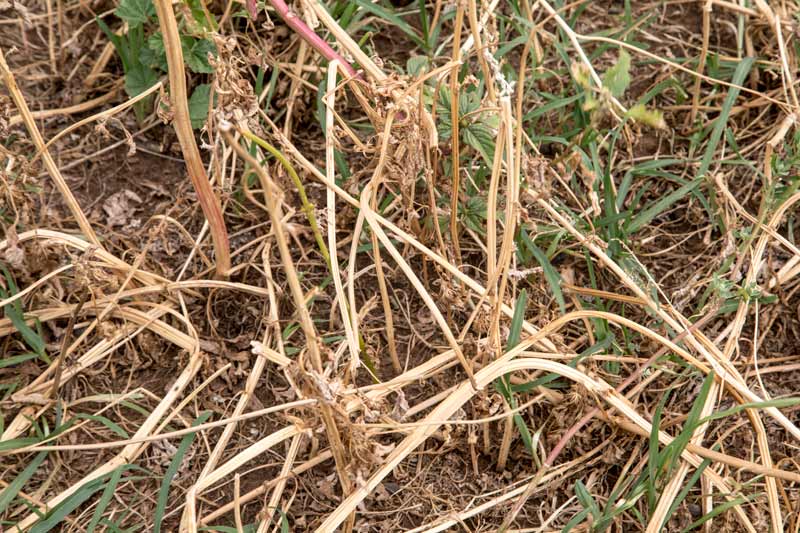
100% Crop failure in Chinaksen
Perhaps the worst hit area of Ethiopia is Chinaksen, in Ethiopia’s eastern Somali region that neighbours Eastern Hararghe. This year crops have failed completely.
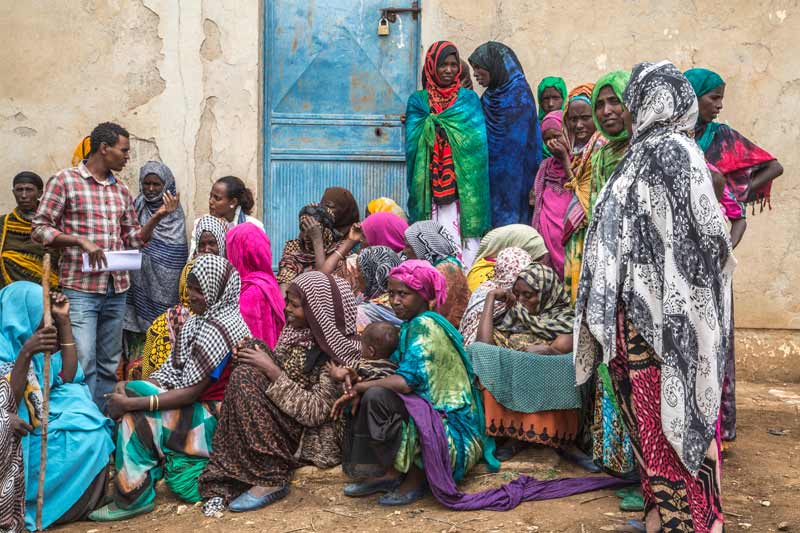
Families await UN food relief in Chinaksen
Residents of Chinaksen and areas around the village line up outside of a food depot where they are given parcels distributed by the World Food Programme (WFP). Today the parcels are directed towards pregnant and lactating mothers.
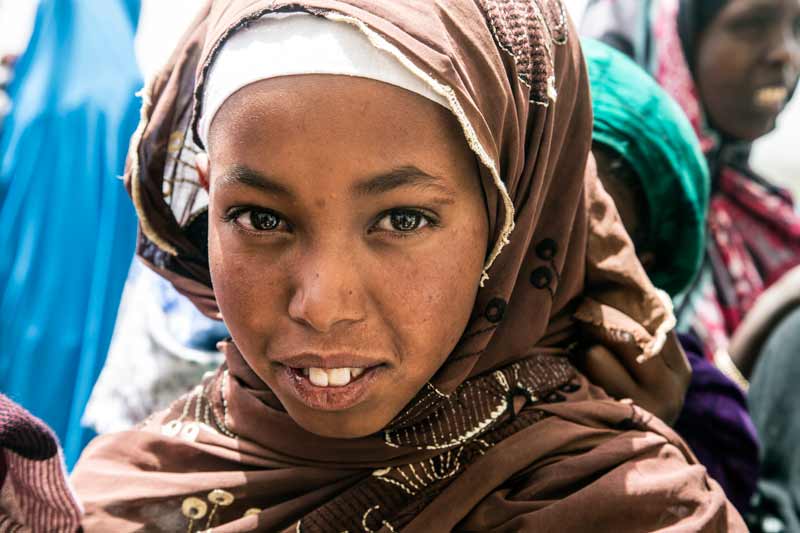
Young girl awaits food aid in Chinaksen
A young girl is among those waiting for food from the WFP.
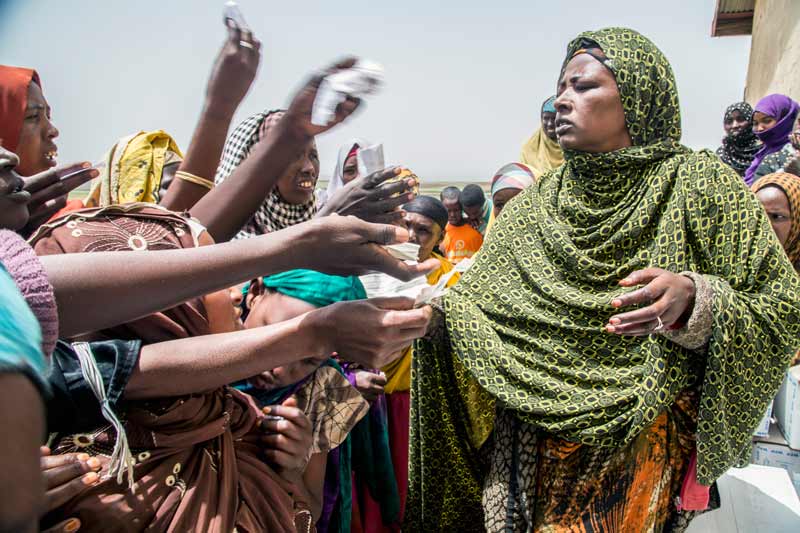
Desperate mothers present tickets for UN Food Aid
When doors open desperate mothers and community members rush to the front of the queue waving tickets in an attempt to get an aid worker’s attention.
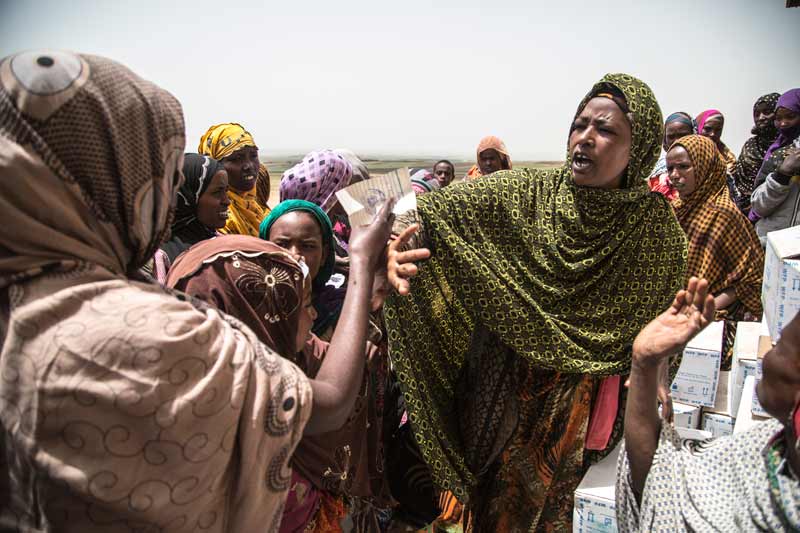
Mother denied food aid away by aid worker
This mother was turned away by the aid worker. She needs to get her ticket stamped by the government controlled health office proving that at least one of her children suffers from malnutrition before she qualifies for the super cereals developed by the WFP.
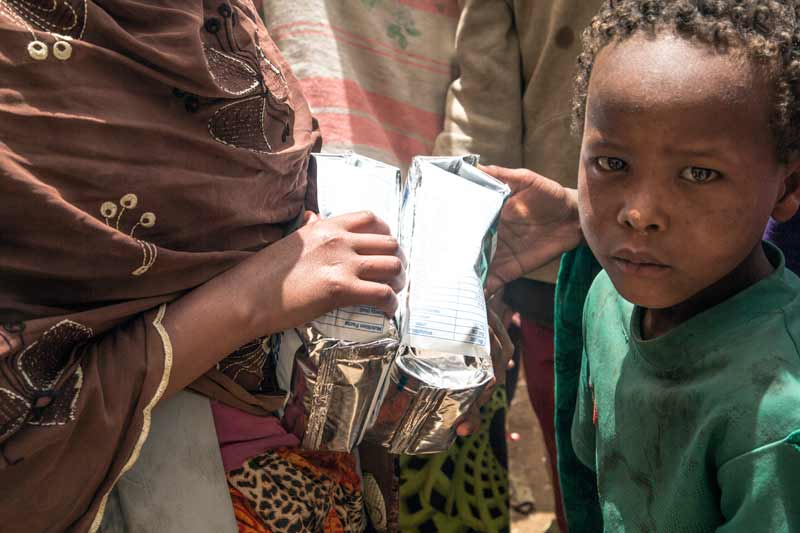
Super cereal packages distributed to Chinaksen mothers
The sealed packages contain cereals that have been designed by the WFP for children aged six months to two years, and to be used as a complement to breast feeding. The ‘super cereal’ is prepared from soya beans, sugar, and a number of vitamins and minerals.
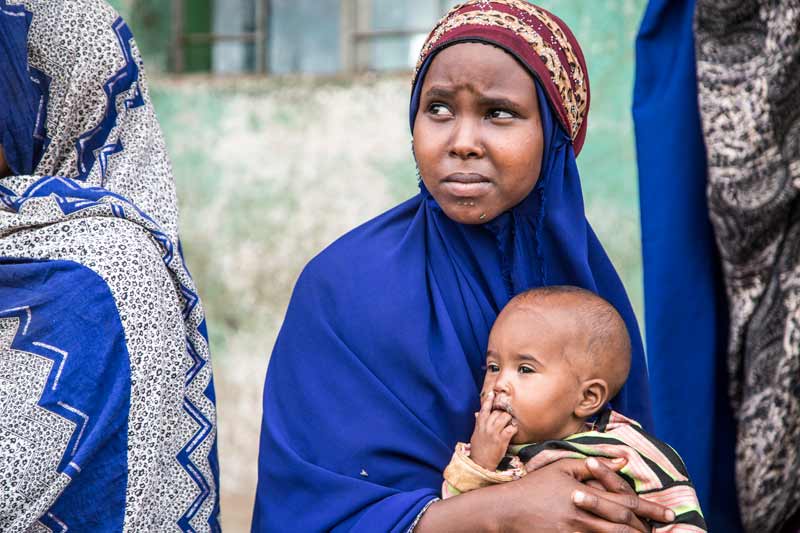
Breast feeding mother awaits medical attention in Fedis District
Women gather outside a remote health centre in the Fedis District of Hararghe. Aklima Ahmed, Health Extension Worker at the centre, says: “We are currently treating women and children. We have 108 pregnant and lactating women whose children face severe malnutrition.”
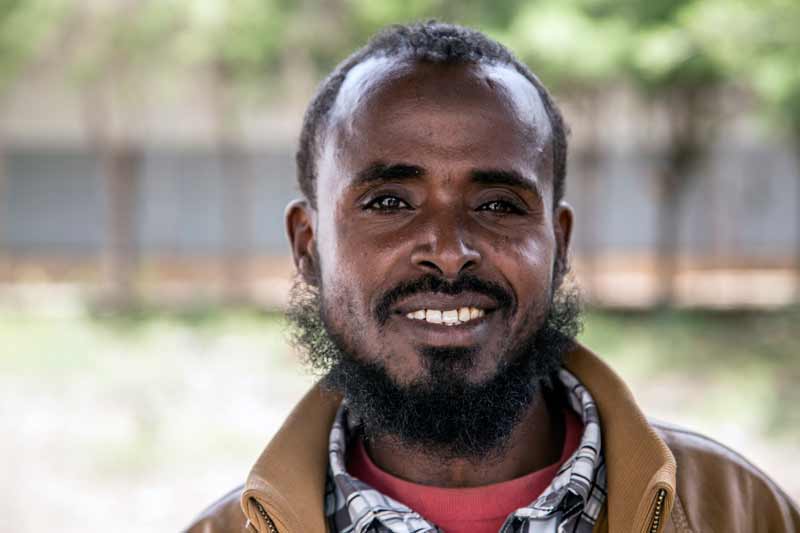
Abdi Ibrahim, Head of the DPPO Office in Chinaksen
“Eighty percent of the population here in Chinaksen are beneficiaries of food aid and I expect this to rise this year. More worrying is the rise in child malnutrition. We have registered over 3,500 cases of malnutrition in children from our area. Some of them suffer from Severe Acute Malnutrition.”
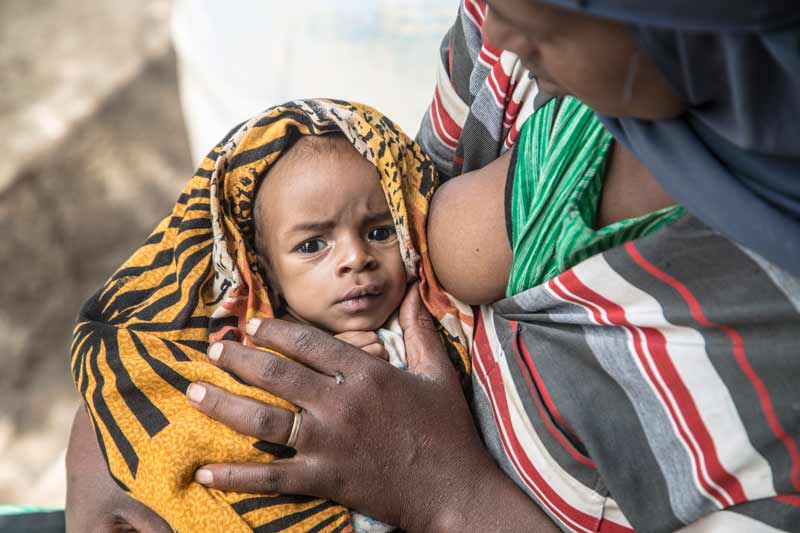
Baby suffers from severe acute malnutrition in Chinaksen
Children suffering from severe acute malnutrition (SAM) are treated and cared for at the health premises. The mother of this child will sleep at the health centre where she will be educated about nutrition and family planning.
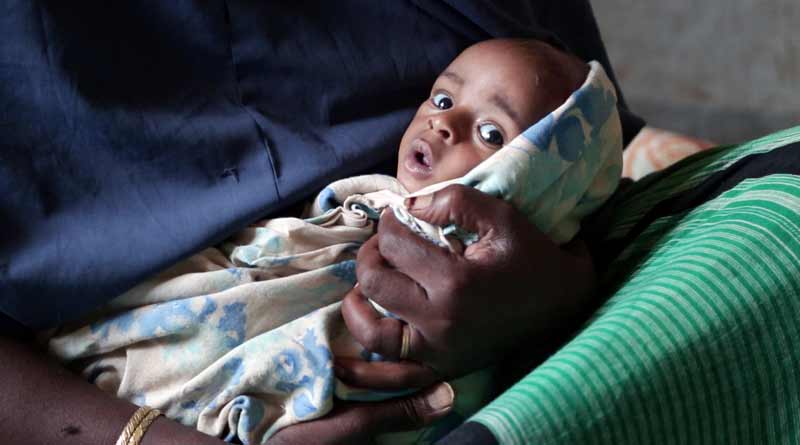
Baby suffers from severe acute malnutrition in Chinaksen
This three-month-old child was brought to the Chinaksen Health Centre by his mother. She was struggling to feed herself, and was able to provide sufficient breast milk. F75 and F100 formulas are used to treat cases of SAM along with a host of other medicines supplied by the United Nations. Adenan Ahmed, a nurse working at the Chinaksen Health Centre says, “This month we have treated 113 children in Chinaksen and we urgently need more medicine and supplies. The problem is increasing and we are struggling to keep up.”

Early Warning Expert explains small-scale agricultural system
Much is being done to help poor subsistence farmers, and in Bokko village. Remedan Mohammed, the Early Warning Expert from the DPPO in Bokko, describes a small-scale agricultural scheme designed by a local NGO. “This system was designed with a raised platform to avoid pests, and has internal piping with a slope to allow for maximum utilisation of water. The diversity of small yield crops grown here allows for locals to provide adequate nutrition for their families.”
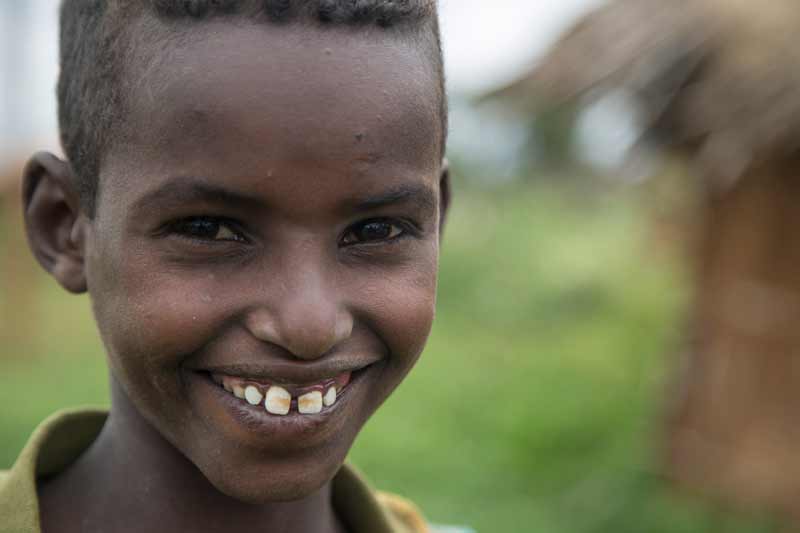
Child beneficiary in Bokko
The small-scale agricultural systems are helping some poor families provide food for their children. However, these same families remain highly dependent on food aid.
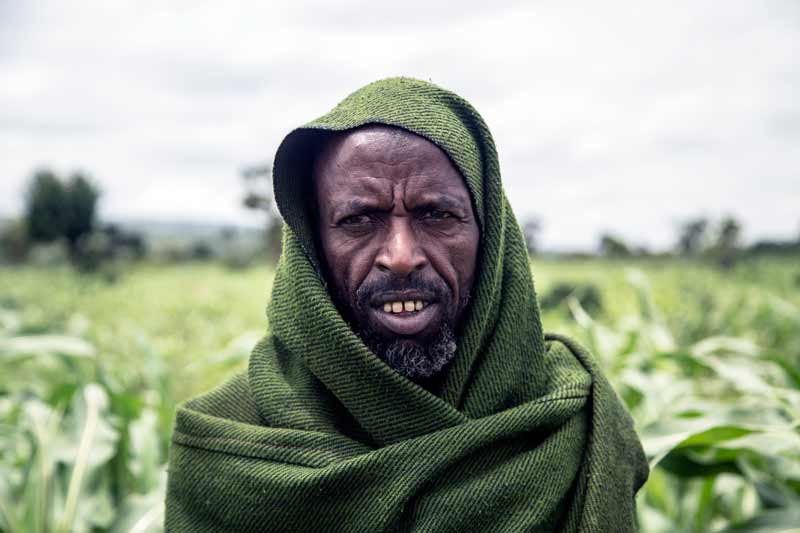
A famer laments crop failure in Fedis
A farmer explains that despite the green look of his crops, he currently has no way to provide food for his family. “The drought affected production last year, and our first cycle crops this year were wiped out by a plague of Army worm. We have no food stored, and this current crop may not produce yield until December. This is Green Hunger.”
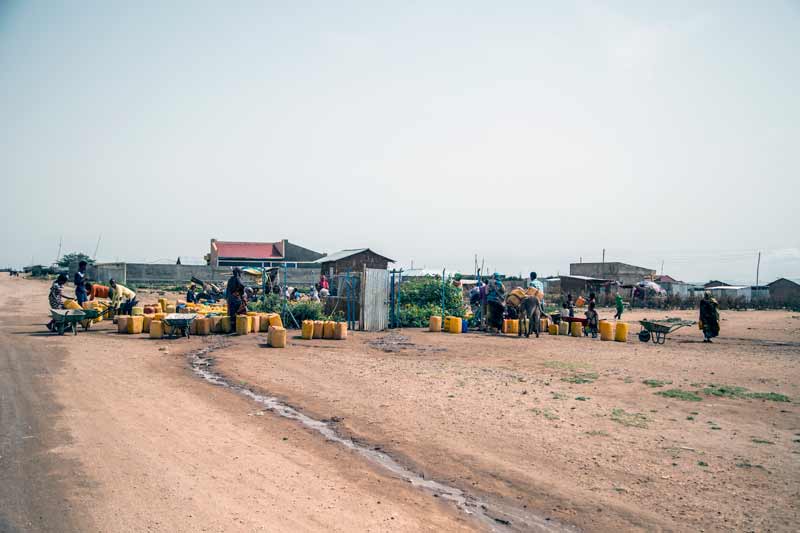
Water collection in Somali region
In other areas, there has still been no rainfall, and families must travel long distances each day to collect water from access point such as this one on the outskirts of Jigjiga in Somali region.
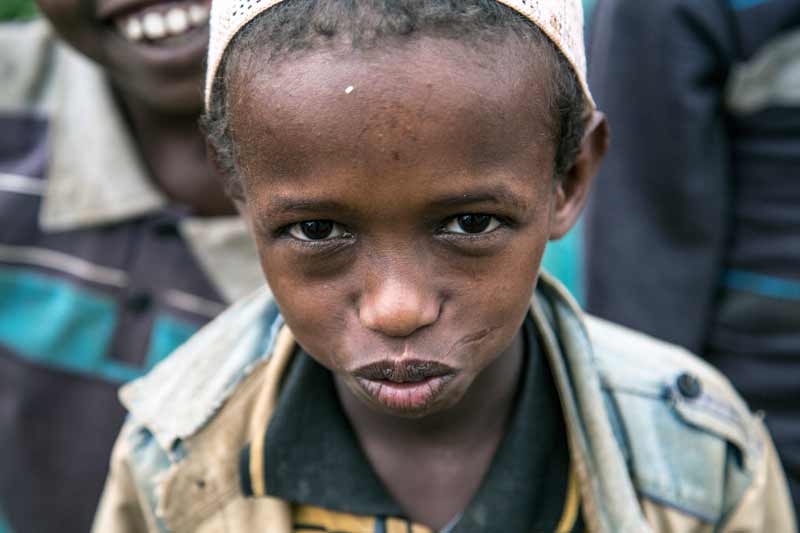
Child in Bokko
While underfed and undernourished, children remain in high spirits in the Bokko area.

Smiling boy in Gursum Village
Despite the high spirits, regional officials are urgently seeking aid. They project that by December more than 1.1 million people living in the region will be dependent on food aid.
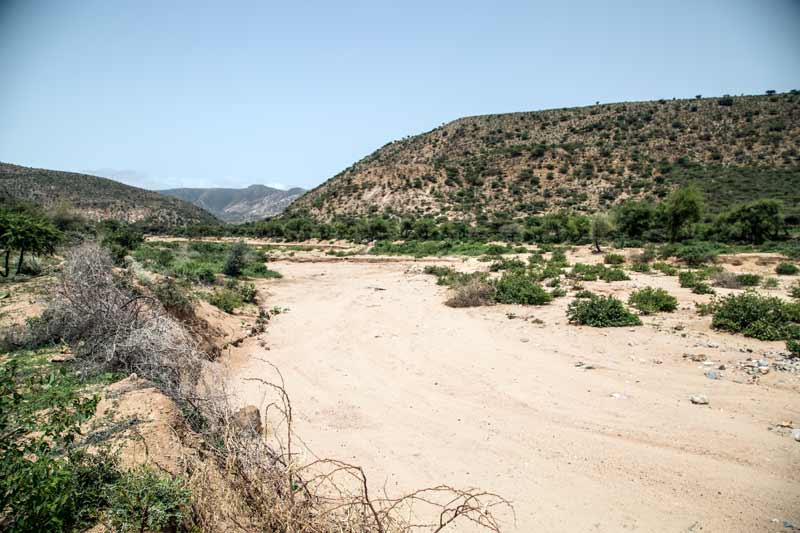
Dry river and drought in Hararghe
Erratic rains so far this year may be enough to turn the foliage green, but is nowhere near enough to ensure food security for the region.
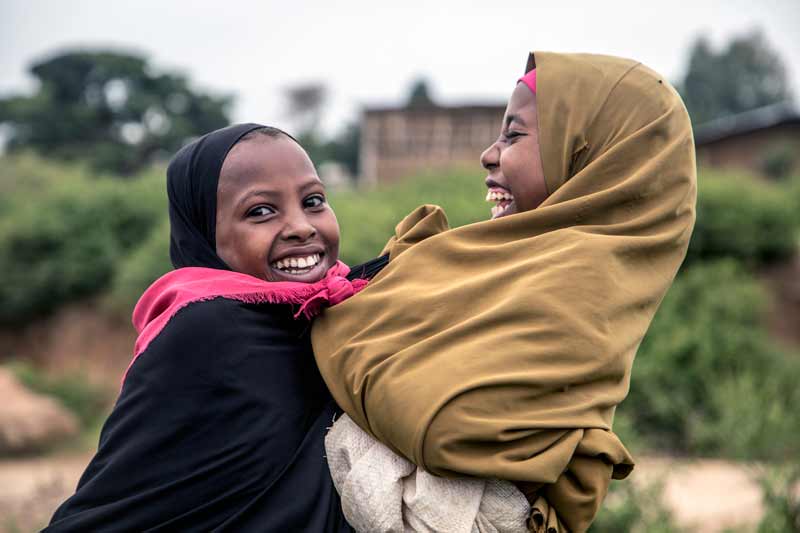
Two girls play in Gursum village
These girls come from poor families in the Gursum district in Hararghe. Whilst observing Ramadan, they will not eat during the day and only receive limited and rationed food in the evening. Their playful resilience is a marked symbol of the Ethiopian people to find optimism in the face of hardship
SOS Children’s Villages has made a commitment to the children of Ethiopia and children around the world that have been affected by a disaster.
Want to help? Become an SOS Mayday Responder.
